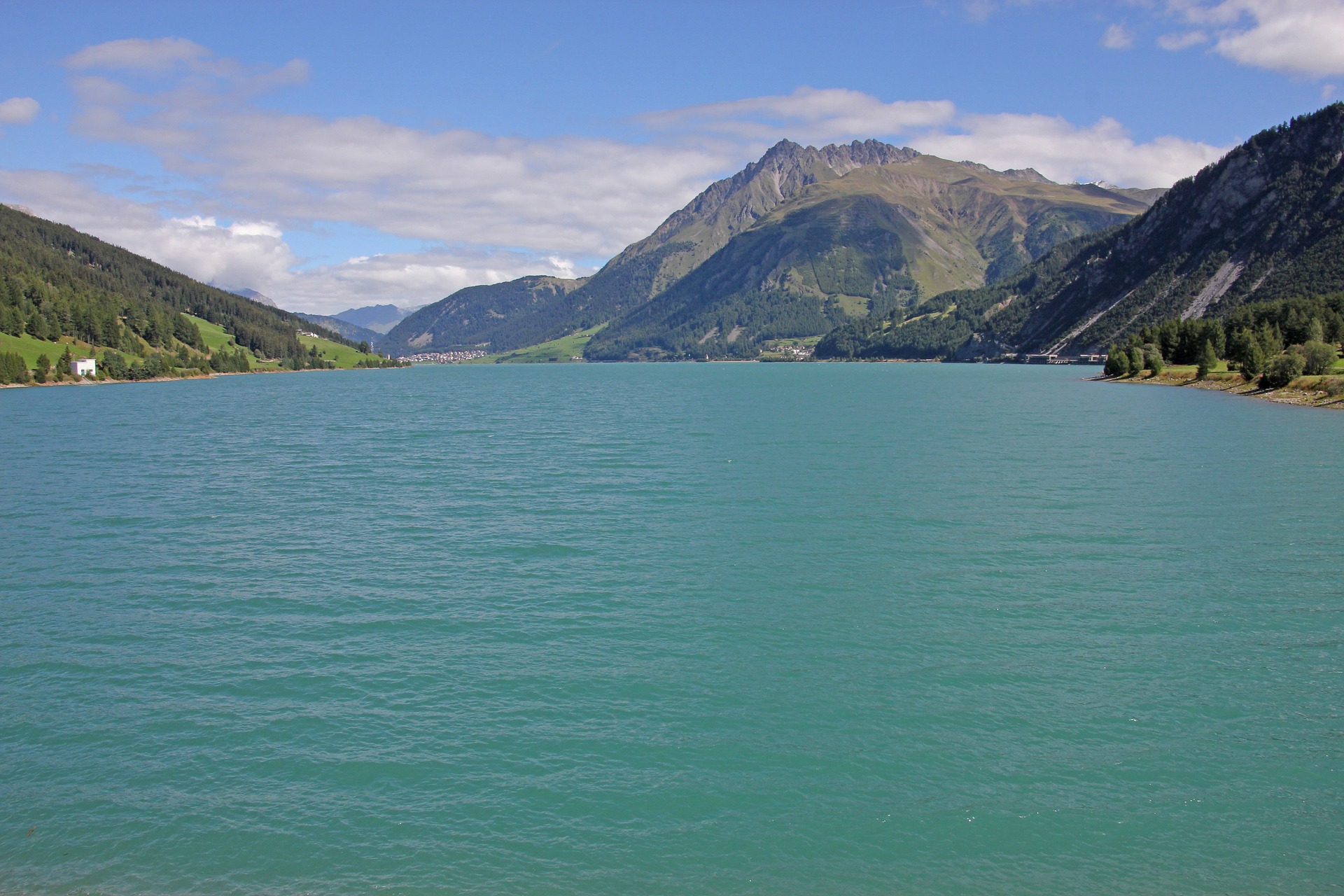Blog: Investment in pumped hydro could greatly increase network resilience
Investment in new pumped hydropower storage capacity could greatly enhance the flexibility and resilience of the electricity network, writes Paul Wheelhouse MSP, Minister for Business, Innovation and Energy in the Scottish Government.
Early development of the hydropower sector in Scotland arose from a unique combination of landscape, climate, and the drive of a handful of innovative and pioneering engineers, architects and politicians. The growth of Scotland’s aluminium industry with its need for cheap electricity helped make large scale hydropower a reality with the establishment of many schemes such as Kinlocheven built in 1907.

An Act of Parliament in 1943 saw the establishment of the North of Scotland Hydro Electric Board. In the years that followed, the Board embarked upon an ambitious hydropower development programme, with a view to delivering power and improving the lives of people across the Highlands and Islands regions. At its peak, it generated employment opportunities for more than 12,000 people. More recently by 2016, the low carbon and renewable energy sector as a whole supported 49,000 jobs across Scotland, generating a turnover of £11 billion.
The 2050 vision for energy in Scotland was recently outlined in the Scottish Energy Strategy (published December 2017). It incorporates a flourishing competitive, local and national energy sector, delivering secure, affordable, clean energy for households, communities and businesses alike. The hydro sector, alongside wind, wave and other emerging technologies has a key role to play in its realisation.
Ninety-two per cent of the UK’s power from hydro is generated in Scotland, and the sector continues to retain its importance to the growing economy, both in terms of generating investment into the construction industry, and in creating valuable local jobs often in the most remote rural geographical areas. Of the 9.7 GW of installed renewable electricity capacity in Scotland in 2017, 1.65 GW came from hydro.
Two of the UK’s four pumped storage hydro facilities are located in Scotland; Cruachan (operated by Scottish Power) an amazing feat of engineering located deep within the 1,126 metre high Ben Cruachan mountain, on the shores of beautiful Loch Awe, and Foyers (operated by SSE remotely from their Perth renewable operations centre) on the eastern shore of the world famous Loch Ness. The sites have generating capacity of 8.8GWh (440 MW) and 6.3 GWh (300 MW) respectively, making a significant contribution to the UK’s 24 GWh of pumped storage capacity.
Looking to the future, further investment in new pumped storage capacity could greatly enhance the flexibility and resilience of Scotland’s electricity network and power supplies. However these are major infrastructure projects and further work is needed to reduce risks and remove barriers to investment to facilitate successfully delivery. To this end the Scottish Government continues to actively engage and work with the UK Government.
This piece was originally featured in the 2018 Hydropower Status Report.











.png)






